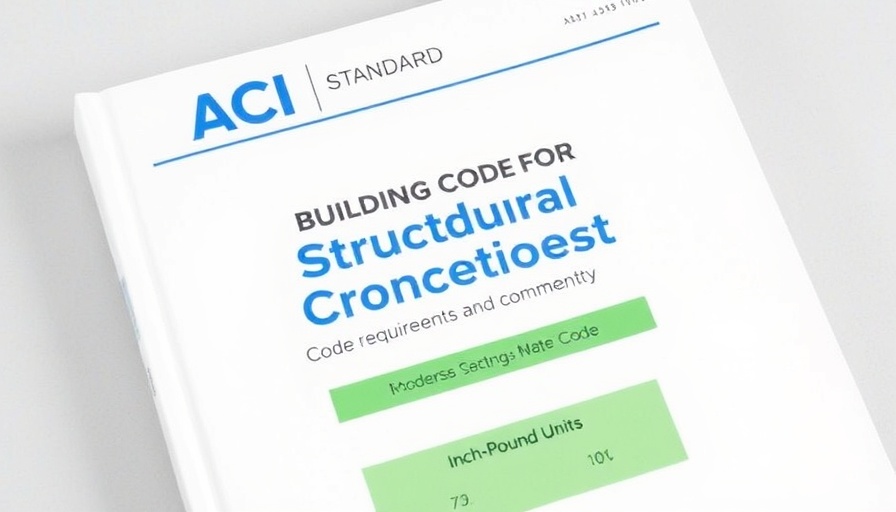
Why the NLRB Reinstatement Matters to Construction Clients
In a recent twist in the labor relations saga, a fired National Labor Relations Board (NLRB) member is not just accepting his dismissal quietly; he’s pushing for reinstatement. This development is significant not solely for the NLRB but also for clients of commercial construction companies. Understanding the intricacies of labor relations is critical for navigating project efficiency, cost management, and ensuring quality outcomes in the construction industry.
Labor Relations Set the Tone for Construction Efficiency
Labor relations play a vital role in maintaining project momentum. The NLRB is responsible for interpreting labor laws, which govern how unionization and collective bargaining impact workplace policies and conditions. A reinstated NLRB member could influence decisions impacting worker negotiations in construction, potentially promoting better working conditions and leading to fewer work stoppages.
Past Says It All: Lessons from Previous NLRB Decisions
Historically, the NLRB has made waves in the construction sector. Past decisions have had profound implications. For instance, rulings affecting classifying workers as independent contractors or employees can shake up pay structures and the dynamics of project teams. Understanding past rulings—and any upcoming decisions shaped by a reinstated board member—can equip construction clients to adapt their strategies, optimizing both labor costs and project timelines.
Future Predictions: Potential Changes in Labor Negotiations
If this NLRB member successfully proves his case, we might witness a re-evaluation of current labor negotiation tactics within the construction industry. It’s essential for clients to stay ahead of trends. With a more worker-friendly board potentially fostering new policies, forward-thinking companies could strategically align their project management practices to harmonize with the evolving labor climate, emphasizing collaboration over confrontation.
Navigating Changes: Strategies for Construction Clients
As clients of commercial construction companies, staying informed about labor relations is crucial. Here are practical steps to manage any potential changes:
- Engage with Labor Experts: Regularly consult with labor relations professionals to stay updated on the latest NLRB developments and how they can affect your projects.
- Foster Open Communication: Establish transparent channels between management and workers to ensure morale and productivity remain high, regardless of any overarching labor disputes.
- Adapt to Evolving Guidelines: Be flexible and ready to adapt your project management strategies as new labor policies are established.
The Bottom Line: Stay Proactive in a Changing Landscape
The push for the reinstatement of the NLRB member significantly reflects the shifting dynamics in labor relations. Clients in the commercial construction sector must prepare now to adapt, taking proactive steps that align their companies with the anticipated evolving landscape of labor negotiations. Understanding these changes not only prepares projects for a smoother experience but also reinforces a company’s commitment to quality outcomes and efficient management.
Are you ready to adjust your construction strategies in light of potential changes from the NLRB? Staying informed and agile can make all the difference in ensuring your projects remain efficient and cost-effective.
 Add Row
Add Row  Add
Add 




Write A Comment